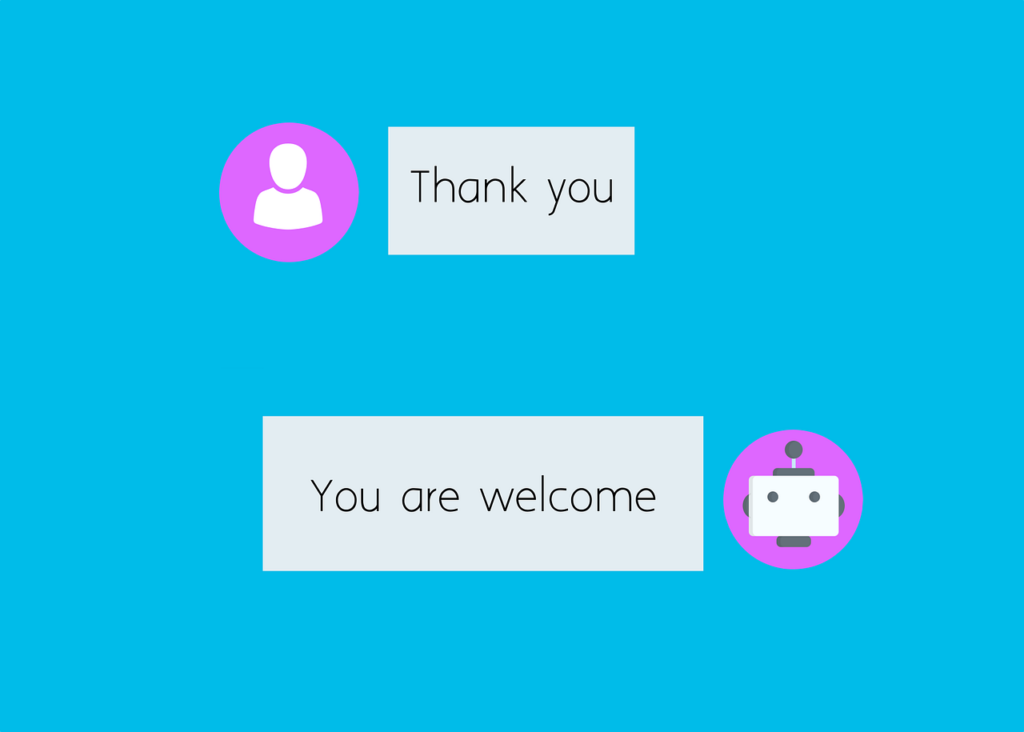The Future of Chat: Top AI Technology Trends
AI
Imagine you’re a business owner in today’s fast-paced digital world. You’re trying to keep up with customer demands, manage a team, and make sure your business stays ahead of the competition. It feels overwhelming at times, doesn’t it? You’re not alone. Many business leaders share your concerns about efficiently managing customer interactions and internal communications without draining resources.
That’s where Artificial Intelligence (AI) comes in, particularly in the realm of chat technologies. At Channel Automation we specialize in integrating cutting-edge AI solutions that simplify and enhance communication. This article will explore how the latest AI trends can revolutionize the way you connect with customers and streamline your operations. You’ll discover how adopting these technologies can lead to more engaged customers and a more efficient business model.
Generative AI Revolutionizes Chat Technologies
In recent years, generative AI has taken the tech world by storm, transforming how businesses interact with customers. Imagine a system that can draft emails, generate detailed reports, and even create content that feels personal and human-like. This is what generative AI is capable of. Also, our HumanAI assistants are capable of taking specific company information to relay to clients without falling back on only Chat GPT 4 information. It’s like having an incredibly smart assistant who understands what your customers need and responds accordingly.
For example, a customer might ask a complex question about your product, and instead of drafting a response from scratch, generative AI provides a comprehensive, accurate answer almost instantly. This not only saves time but also ensures your customers receive reliable information, enhancing their trust in your brand.
Voice Assistants Dominate Communication
Voice assistants, such as Siri and Alexa, are increasingly prevalent in professional settings, but their application extends beyond basic office tasks. For instance, in our context, we’re focusing on utilizing AI for automated phone calls. Our system is designed to detect the status of a client’s project and then initiate a call with an AI voice to provide them with updates. This technology streamlines communication by delivering important information to clients hands-free, ensuring they stay informed without disrupting their workflow. It’s a prime example of leveraging voice-enabled AI to enhance efficiency and customer satisfaction in our specific industry.
Low-Code Platforms Democratize AI
Low-code platforms are a game-changer for businesses without extensive tech resources. These platforms use simple, drag-and-drop interfaces that allow anyone, regardless of their programming skills, to implement AI solutions. Imagine you run a small boutique and want to set up a chatbot to handle common customer inquiries. With a low-code platform, you could have your chatbot up and running in no time, without needing to hire a specialist.
This democratization of technology ensures that your business, big or small, can leverage AI to improve efficiency and customer service without significant upfront investment.
AI Chatbots Expand Across Industries
AI chatbots are not just for tech companies or large corporations. They are being used across various sectors, from healthcare to retail, providing a personalized and efficient customer service experience. For instance, a health clinic might use a chatbot to handle appointment bookings and answer common health questions, reducing the workload on human staff and allowing them to focus on more critical tasks.
These chatbots are capable of learning from interactions, which means they get better over time at resolving queries, ensuring that your customers are receiving more accurate and timely responses.
Conversational AI Enhances Customer Engagement
Lastly, emotionally intelligent conversational AI is beginning to play a crucial role in how businesses interact with their customers. These AI systems can detect customer intent and adapt their responses accordingly, making interactions feel more human and less like talking to a robot. This capability is especially important in sectors like customer service, where understanding and addressing a customer’s emotional state can be the difference between a resolved issue and a lost customer.
For example, if a customer expresses frustration, the AI can soften its tone and offer more empathetic responses, helping to soothe the customer’s frustration and potentially turning a negative experience into a positive one.
Conclusion
AI technology in chat and communication is rapidly evolving, offering businesses unprecedented opportunities to improve their operations and customer engagement. By understanding and integrating these AI trends, your business can not only meet the modern demands of commerce but set a new standard for efficiency and customer satisfaction.
Embrace these technologies to not just keep up, but lead in your industry, enhancing every interaction along the way.


